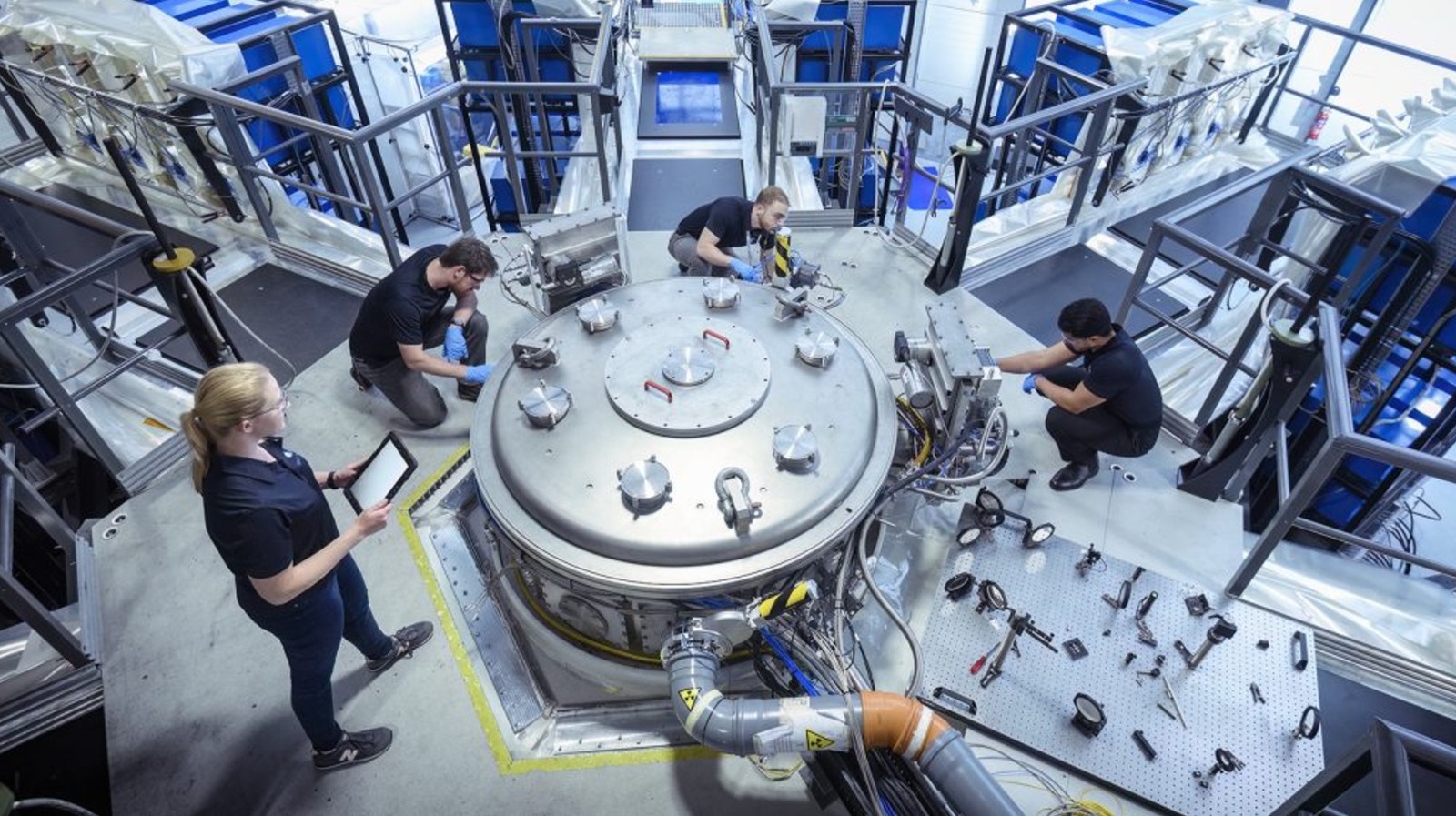A new image compression method developed by Professor Marko Huhtanen from the University of Oulu promises to enhance efficiency and flexibility in digital imaging. This innovative technique combines several established compression methods, optimizing their strengths and addressing long-standing issues in image storage and transmission. The study detailing this work has been published in the IEEE Signal Processing Letters.
The JPEG format, widely used in digital photography, compresses images by retaining only a fraction of the original data, often between 10% and 25%. This selective retention can affect image quality significantly, depending on the viewer’s perception. For photographers, the alternative RAW format provides more data for post-processing but can be cumbersome to manage. The challenge of effectively compressing images without compromising quality is a universal concern in the digital age, impacting anyone who captures or shares photos.
Professor Huhtanen emphasizes the importance of balancing data retention and compression speed. “We don’t see a perfect image because the amount of information is infinite. So we must compress and retain only the essential, sufficient data. This is done mathematically in a way that must also be algorithmically fast,” he explains.
Transforming Compression Techniques
Huhtanen’s method innovatively processes images both horizontally and vertically, using diagonal matrices to build an image approximation layer by layer. This approach draws a parallel to Berlekamp’s switching game, albeit in a continuous format. “Image compression is a fundamental problem in imaging—how to pack an image into the smallest possible space for fast transmission and sharing,” Huhtanen states. Current JPEG technology, based on a 50-year-old algorithm developed by Nazir Ahmed, uses the discrete cosine transform (DCT) rather than a more complex method like principal component analysis (PCA) due to earlier implementation challenges.
“Ahmed wanted to base compression on PCA but could not implement it algorithmically. He compromised and created a simpler method using the DCT,” Huhtanen elaborates. Despite the initial rejection of his ideas for research funding, Ahmed’s work eventually laid the groundwork for the JPEG standard, which has since become ubiquitous in digital imaging.
The crux of Huhtanen’s research lies in blending the advantages of DCT and PCA, which have largely remained isolated in their applications. “My research allows for a combination of these approaches, removing the rigidity that previously separated them,” he notes.
Potential Benefits for Digital Imaging
The goal of Huhtanen’s method is to discard as much image data as possible without the human eye noticing any significant difference between the original and the compressed image. “JPEG is a straightforward technique: the image is divided into 64 parts, and each part is compressed using the DCT. Mathematically, it is not very interesting, but in practice, it works excellently,” Huhtanen explains.
Understanding PCA’s role in image compression reveals its potential for clearer images as more data is included. “Tim Bauman’s website demonstrates how an image becomes clearer as more information is included,” he says. This aligns with Ahmed’s initial vision for compression, which sought to maximize efficiency while maintaining quality.
The implications of Huhtanen’s method extend beyond mere image quality. Improved compression techniques can enhance transmission speeds and reduce storage requirements, addressing the frustrations of slow internet connections and delayed image loading. “If this can be done better than it is currently, image transfer speeds up and more information can be transmitted,” he asserts.
Ultimately, Huhtanen’s method represents a significant step in image compression, offering benefits in speed, storage, and energy efficiency. His innovative approach not only simplifies the process but also enhances the ability to control and adjust images during compression, leading to a more refined and adaptable method suitable for various applications in the digital landscape.







